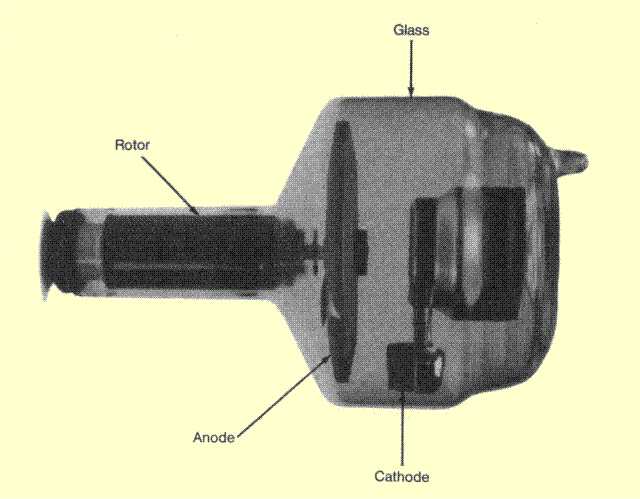Our family recently took up camping, an extra-curricular activity involving the whole household.
To group the whole family is perhaps ambitious.
I decided it would be good to take up again, and convinced the others of the excellency of the idea.
With the benefit of hindsight, it's worked out pretty well. We've had some great nights away.
A campfire on a balmy night, away from phone, TV and pressures, is somewhere close to paradise.
I resolved to make it enjoyable, especially for my wife. The idea of small creatures with six or eight legs, or long scaly ones with none, sets her thumbing through motel magazines that tout 4 or 5 stars.
That meant expending some dollars on a few creature comforts. Fair enough. Camping isn't fun when you wake up in the morning with bruised hips or spent the night shivering.
And what do you do when the sun is shining on the other side of the planet? Light is nigh on essential for enterprises like cooking, reading and just getting ready for sleep. Do we go for gas or batteries?
We cook with gas at home, so cooking with gas under the open sky is as natural as the smell of cow pasture. But lights?
When we were kids, my family did a lot of camping. The hiss of a gas lantern brings back memories. I loved to watch the big moths. They'd flutter drunkenly out of the grass, drawn magnetically to the light. They'd do a few reconnaissance loops around the lantern, then land on the hot cover of the lantern, exiting this life in a cloud of moth dust. Some would even make a tiny, satisfying 'tzeet' sound as they fried.
My brothers and I would watch breathlessly, in anticipation.
"Here comes another kamikaze. He's coming in . . . ooh! Another one down, captain."
The cane toads liked the moths too. A couple would be sitting quietly in the glow. I guess lightly roasted moth, gave a particular crunchy texture to their snack.
But I digress. Gas is OK, but battery power is the way to go. There's just so many uses for battery power. Having recently changed the battery sets out of a couple of mobile x-ray units, I had plenty to choose from.
These batteries are the big sealed lead-acid types. Plenty of grunt. Safe and clean; no toxic chemicals to worry about. No longer good for running x-ray equipment, they're ideal for new life in the great outdoors.
The boaties have the whole portable power business down pat. I picked up a battery box from

the boating warehouse for very little money. Two batteries fitted in almost as if the box was made for it. By connecting them in parallel, I had a power supply capable of jump starting a small car.
And that's not as silly as it sounds!
Who knows when you (or a fellow traveller) might be stranded in need of a backup battery?!
Jaycar claim to be "number one for electronic kits". I checked out the claim and they're right. (Wander in sometime and wonder.)
I picked up an inverter kit to run a fluorescent light from a 12V battery. Works a treat! The fluoro just sips from the battery and gives hours of cool, white light. Even the moths are happy. They just fly around in ever increasing numbers without coming to mischief. (No animals are harmed in the making of
our campsite.)
From another source, I found a battery charging kit. This trickle feeds the battery without over-cooking it. The battery pack just sits in the shed, being topped up whenever it needs it.
Off eBay, I picked up a small inverter that converts 12V to 240V. Fantastic for charging camera and CB radio batteries. It could even operate a laptop, but that's not the point of camping, is it?
Another very handy electronic device is an auxilliary battery switch. When connected to the car, it senses when the car battery is fully charged, then switches the car's alternator to charge the auxilliary battery. With a suitable plug, the battery pack can be left in the car or disconnected when we need to run our lights.
Warning! Never run the car battery flat when you're a long walk from home.
I fitted a couple of sockets. You know the ones. They're the same type used for cigarette lighters in most cars. When setting up camp, we plug in a little pump that blows up our air mattresses. When pulling down the camp, the same pump sucks the air out of the mattress, making it easy to fold and store.
That's all well and good, but how do you know the state of the battery after pressing it into so much useful service? A digital volt meter of course.
I found this on eBay as well, for a few bucks. Great little addition to the battery pack. Just press a small button and the meter reads out the battery volts. 13.8 volts; charging. 12.7V; operating. 12.3V; uh oh! Time for another feed of electrons. Neat!
My next project for the battery pack has zip to do with electronics. The pack is small but hideously heavy. A set of wheels and a retractable handle, like an aircraft carry-on bag, should prevent crushed vertebrae.
Next? Rotor for a friend.




